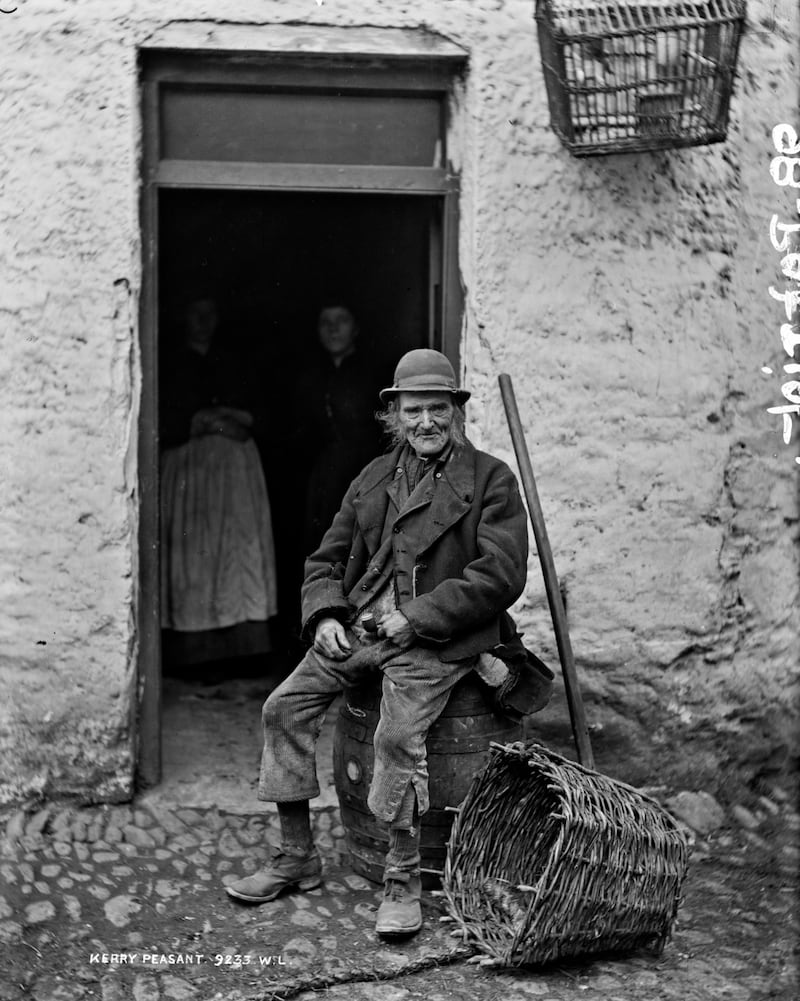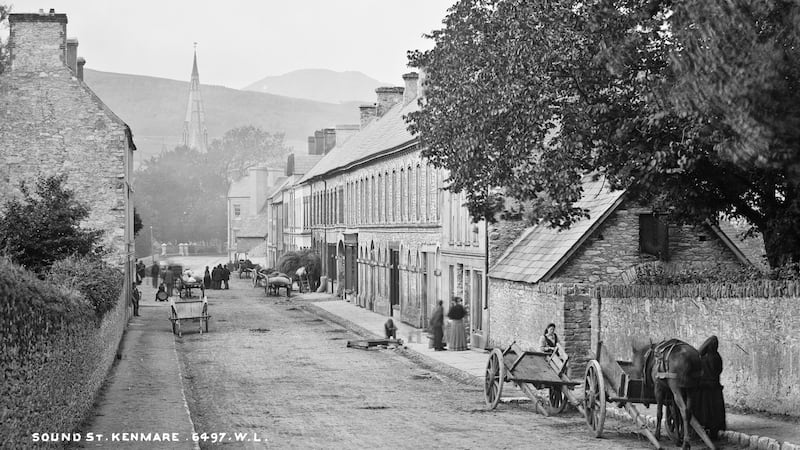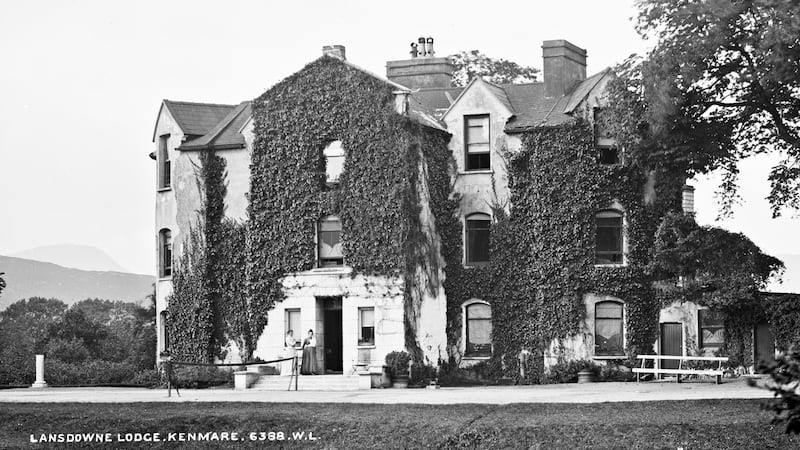There were rumours that a certain type of local girl was selling favours to tourists. The outsiders came in carriages, sometimes stopping for a night on their way from Killarney to Bantry. Poverty-stricken women might be tempted.
The guardians of the local workhouse made clear what they thought of such women, and of any poor woman who got pregnant outside marriage. They allocated them a special “penitential ward” with a separate “penitential stairs” so that “their shameful society will not be imposed upon those whose character is correct”. They feared that “it would be an injustice to the virtuous, while it would be a boon to the vile to allow them at once to bring their polluted character and their bastard children into the company of the other inmates”.
The Poor Law Commissioners asked that the term “separation ward” be used instead, this being less punitive, but the guardians thought it “too mild a character to be given to the ward proposed”. Not wishing to rebuff the commissioners entirely, they agreed to call it the “punishment ward”.
In or out of the workhouse, women often bore the brunt of poverty at the time of the Great Famine in the 1840s. In my new book I devote a distinct chapter (Amazon, Slattern or Saint?) to women down the years in Kenmare, from the richest to the poorest, Catholic and Protestant. Too often women’s role in history has been as invisible as that of the poor.
The history of Kenmare, like much history, is written by the victors. In Kenmare’s case these have included, most prominently, Thomas Babington Macaulay. He was a protégé of Kerry’s great landlord family, the Lansdownes. The cliche “great British historian” is often used of Macaulay. His references to Ireland, written in autumn 1849, are not just unreliable; they were intended to show how settlers civilised the local Irish whom Babington described as “savages”. Remarkably, Macaulay devoted pages of his famous four-volume History of England to a digression on Kenmare. This has been too influential. I deconstruct it.

But my main focus is the Great Famine, and the role of Kenmare’s parish priest from 1839 to 1874 in helping its poor and dying. Fr John O’Sullivan made it his business to get to London and befriend bankers, politicians and Charles Trevelyan himself (of “Trevelyan’s corn”) on behalf of his people. He even stayed in Trevelyan’s London home.
It is said that the motif of a Star of David that the priest repeated through the fine church that he had built in Kenmare – at no cost to the local people – was a tribute to Jews such as Baron de Rothschild and the future lord mayor of London David Salomons, whom he helped to persuade to send aid.
O’Sullivan kept vivid journals, at least some of which survive in the diocesan archive in Killarney. Detailed minute books of the local workhouse were also saved, and are in Kerry county library. These are the basis for my reconstruction of what life was like for the poorest, when so many Irish people lived in one-room cabins.
O’Sullivan clashed with Cardinal Cullen and Archbishop MacHale at the Synod of Thurles in 1850, to which he was sent by the bishop of Kerry, who was ill. They disliked him, and Cullen ensured that he was not made the next bishop of Kerry, although most of the priests in that county and the bishops of Munster wanted O’Sullivan.
There were tensions within an increasingly powerful church between priests on the ground such as O’Sullivan, who built up schools and other supports among people of popular faith, and men at the top such as Cullen, who were looking to the future institutionally.


I first learnt of Tralee-born O’Sullivan through a handwritten copy of a printed letter that my Tralee-born grandmother Annette Murphy-Kenny left when she died. This was a letter to his parishioners about a dispute between O’Sullivan and the proselytising landlord of Dromore Castle that led to a serious assault. O’Sullivan’s grandfather, Stephen Walsh, was also my granny’s great-great-grandfather, a ship’s captain in Dingle who brought butter to Lisbon but went down with his ship at sea.
In Eastwood Books I have found a dynamic and imaginative publisher who has facilitated the inclusion of almost 50illustrations, some in colour, that enhance the telling of a tale about the survival of a people in the face of many challenges.
Colum Kenny’s Kenmare: History and Survival: Fr John O’Sullivan and the Famine Poor has just been published by Eastwood Books (€20).











